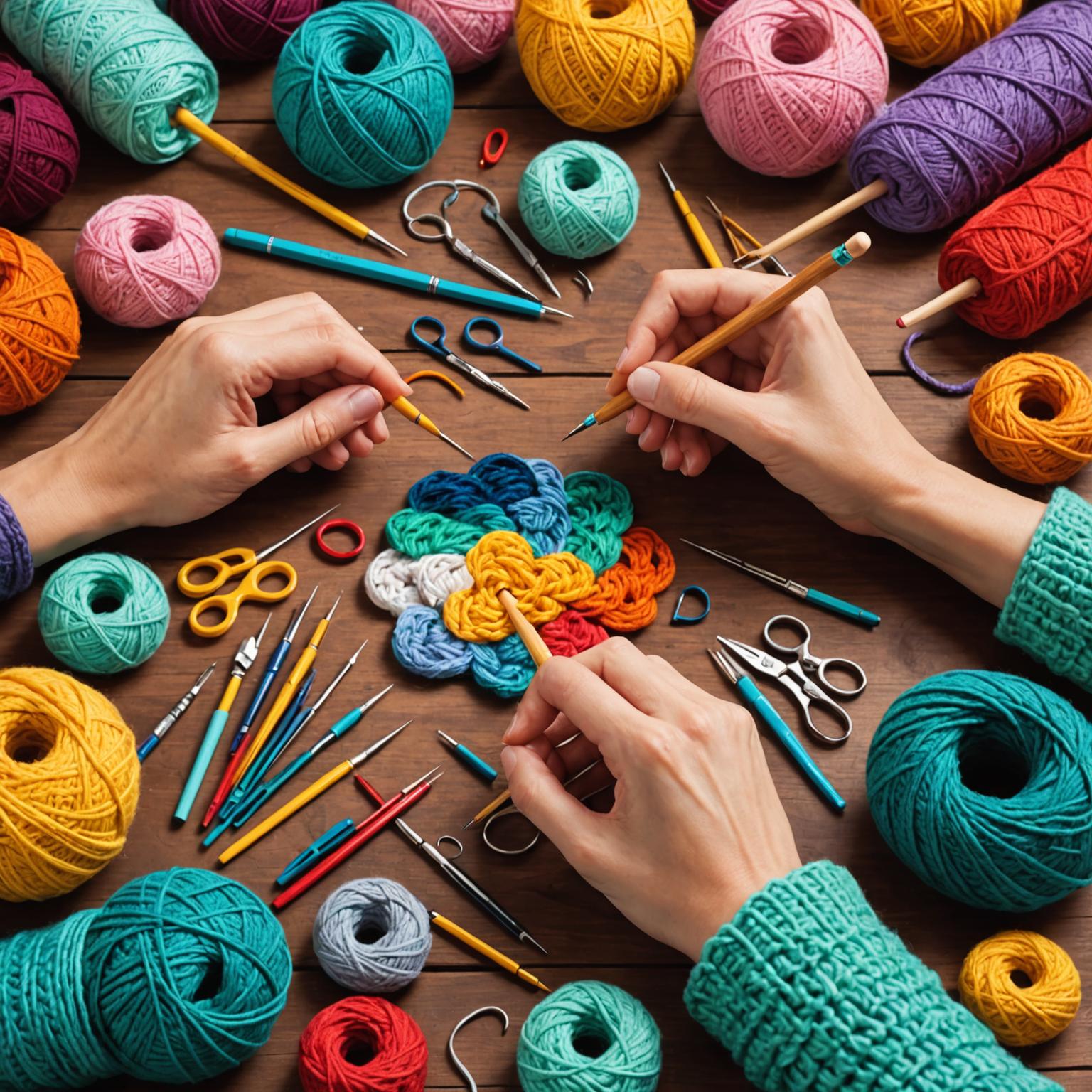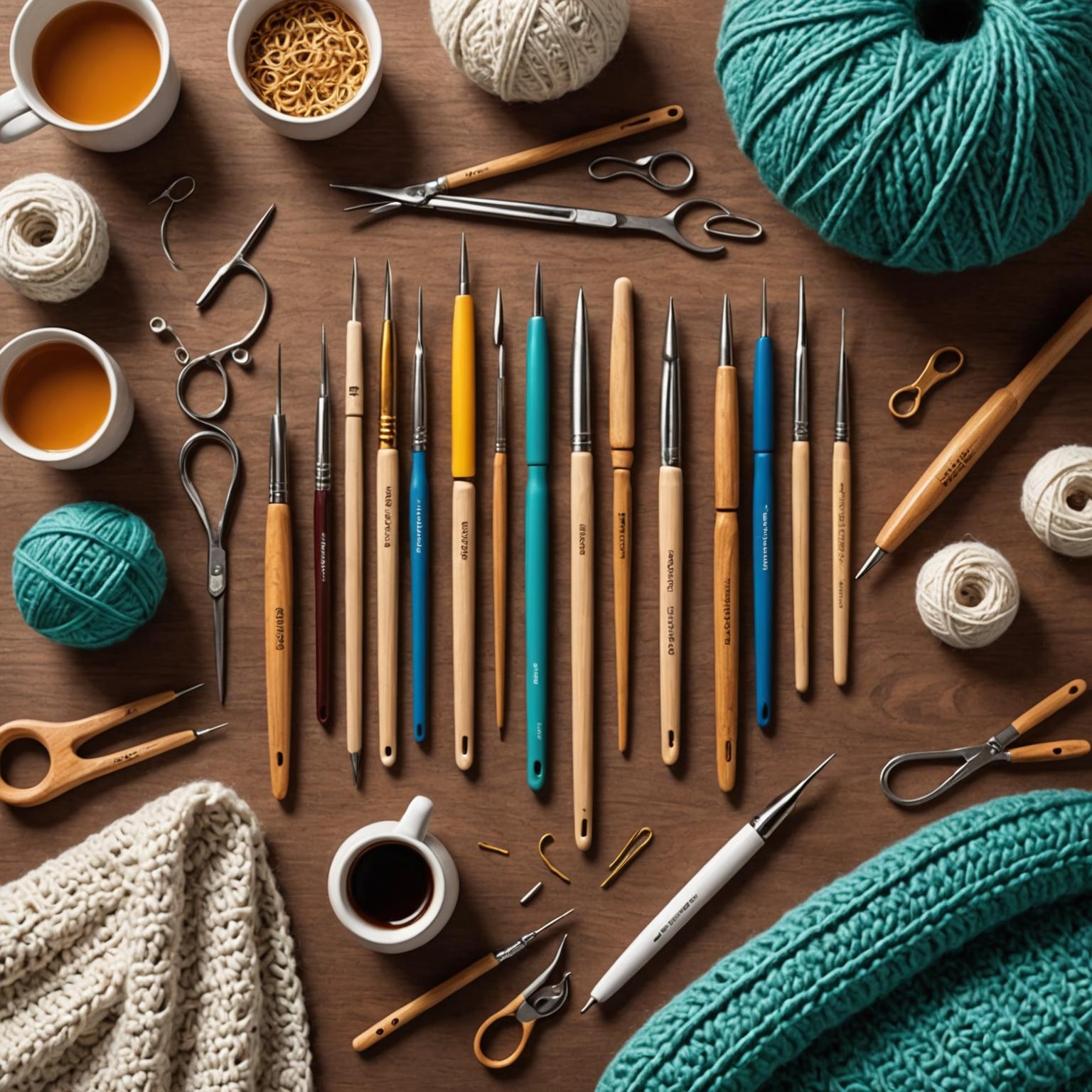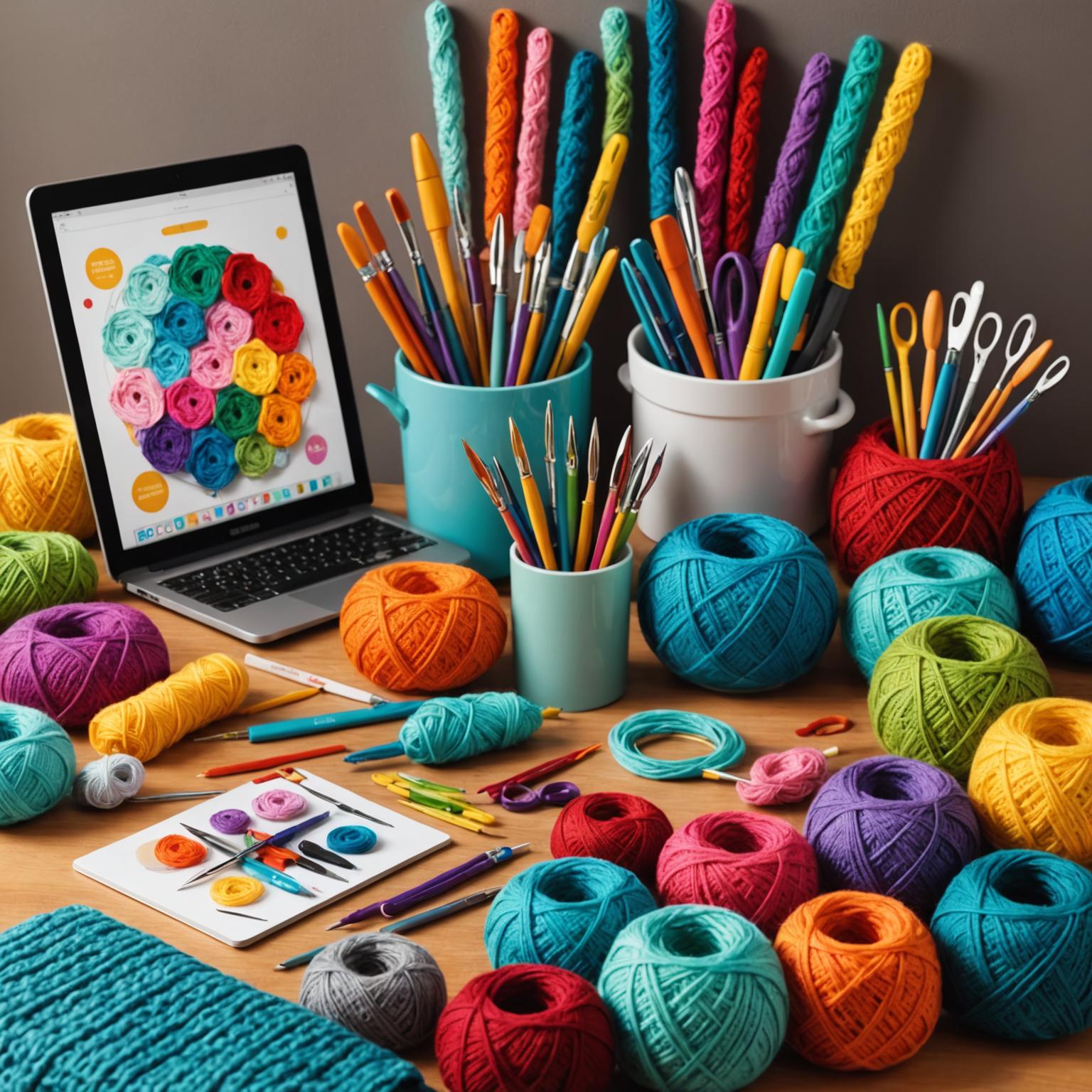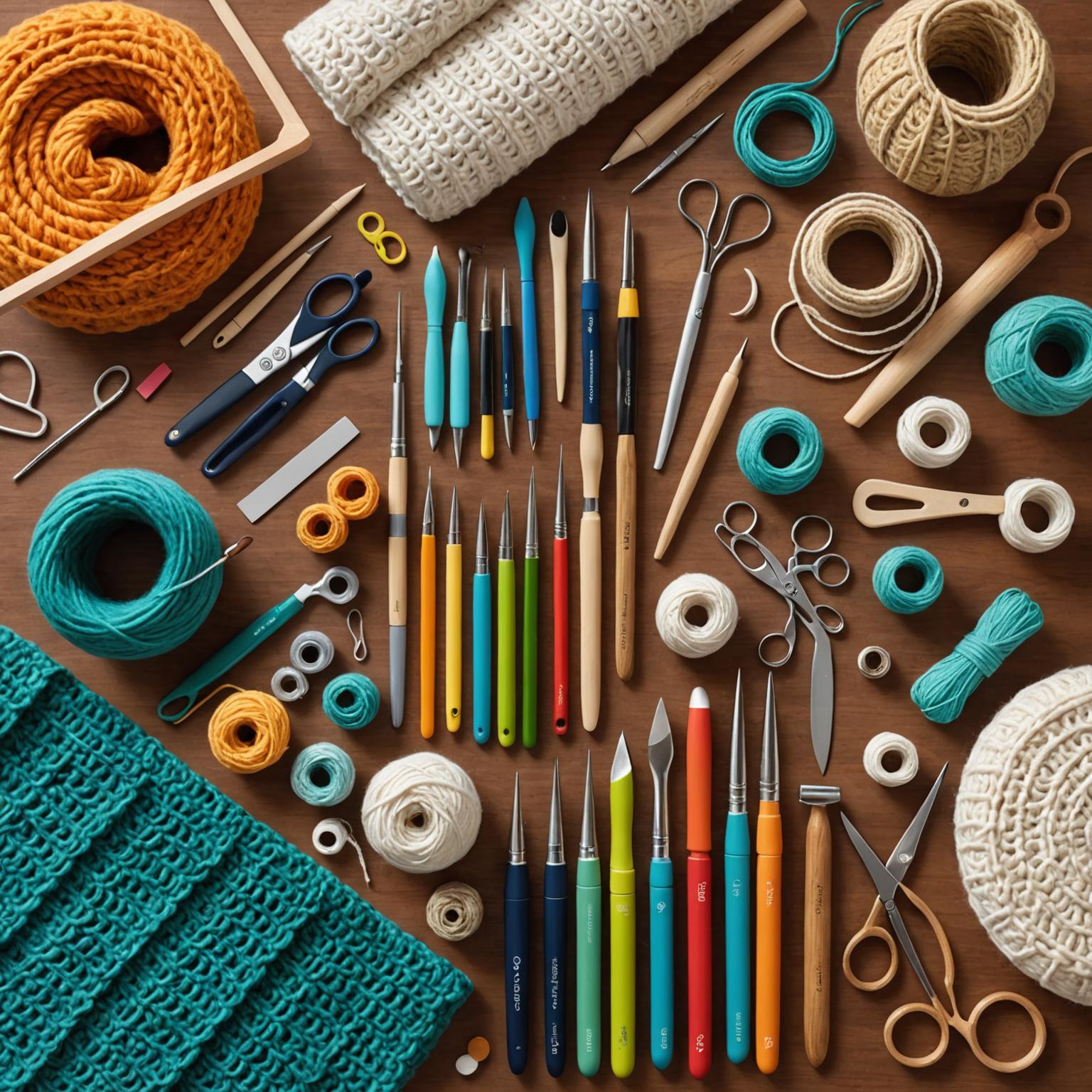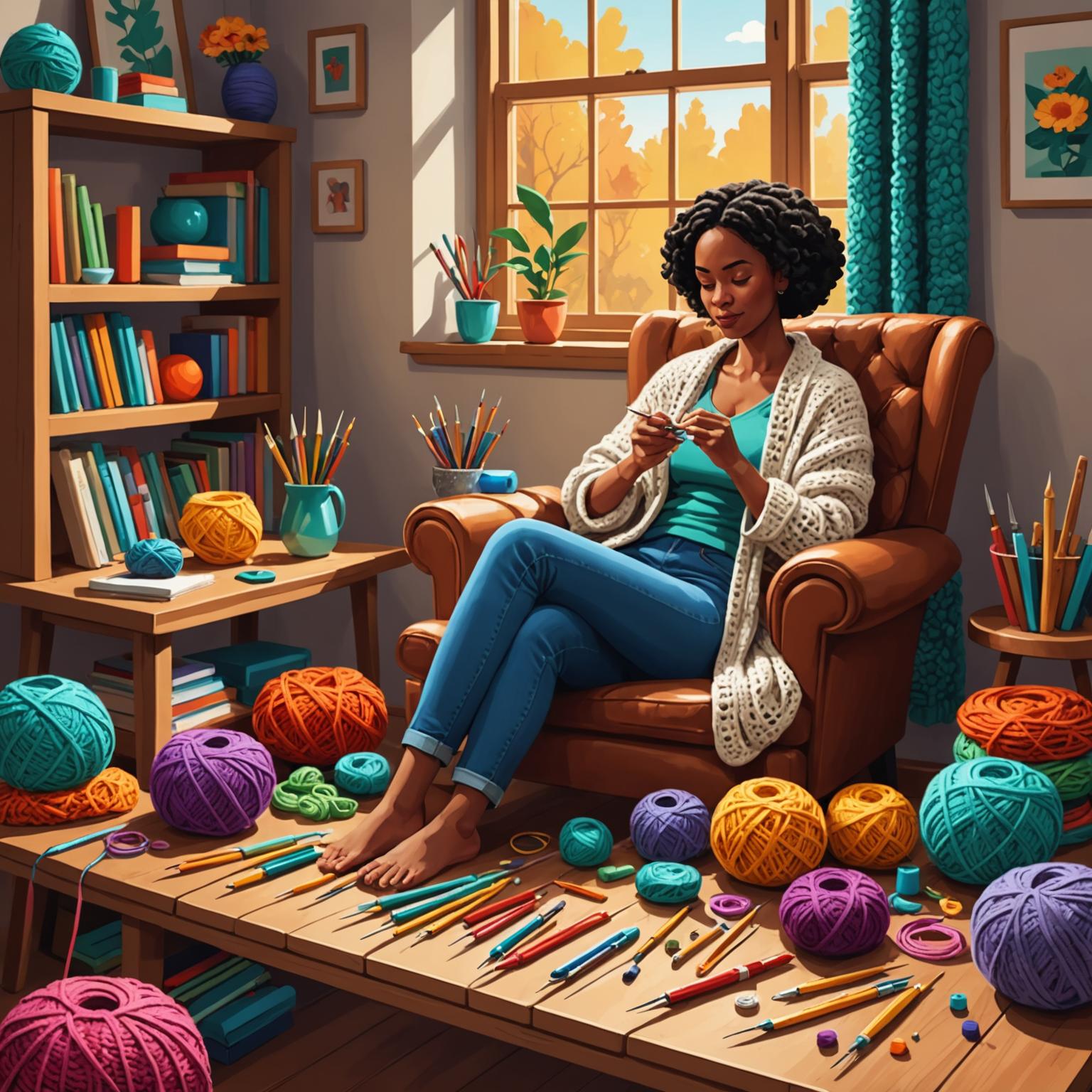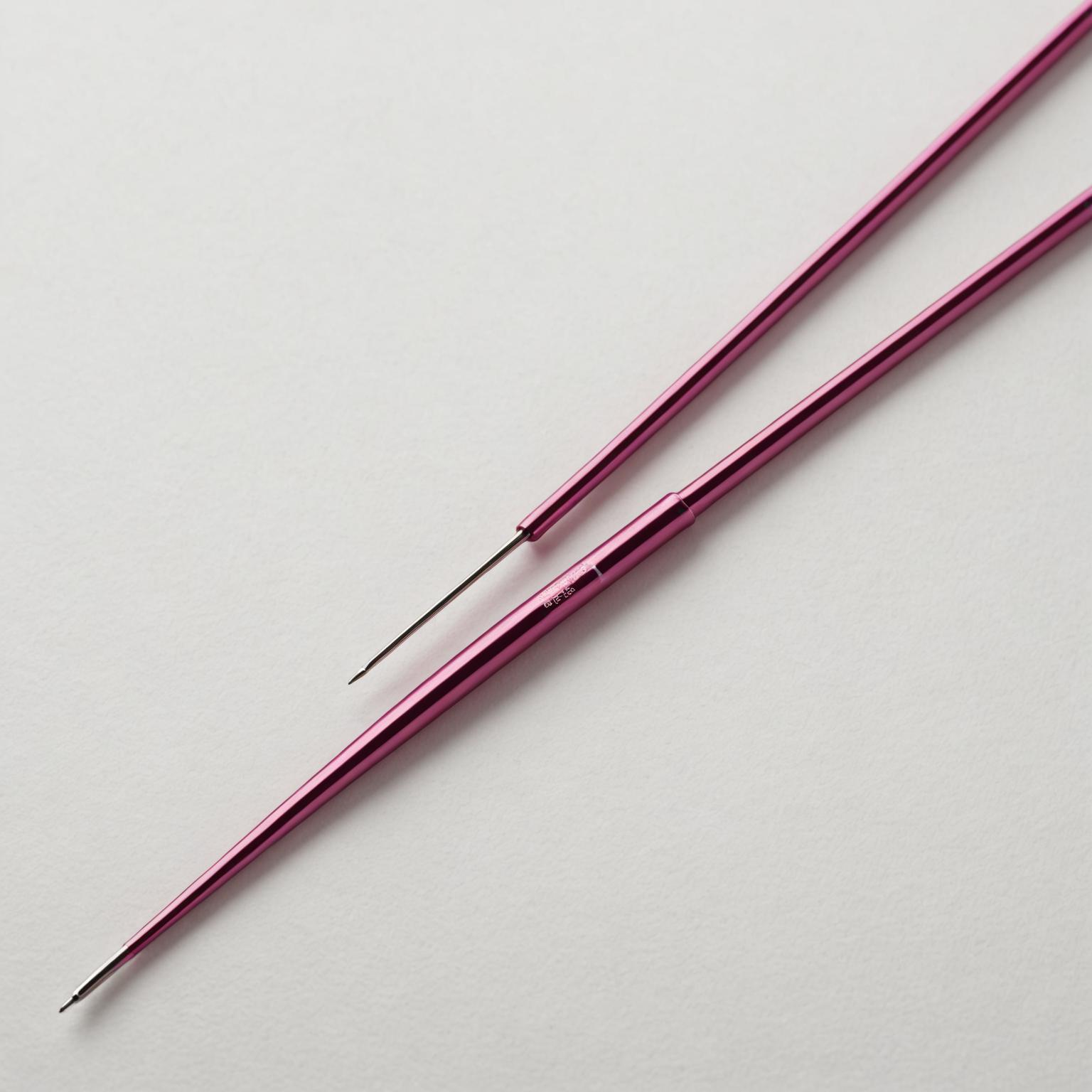
The Comfort of Ergonomic Crochet Hooks
For crafters who spend hours with a hook and yarn, comfort is not a luxury; it is a necessity. This is where ergonomic crochet hooks make a significant difference. Designed with the user's hand health in mind, these hooks feature specialized handles that are shaped to fit more naturally in your grip, reducing strain on the muscles and joints in your fingers, wrist, and hand. Repetitive Strain Injury (RSI) and carpal tunnel syndrome are real concerns for avid crocheters, and using an ergonomic tool is one of the most effective preventative measures. The handles are often made from soft-grip materials like silicone or rubber, or they may be sculpted from wood or polymer clay to provide a larger, more comfortable surface area. This design means you don’t have to grip the thin shaft of a traditional hook as tightly, allowing for a more relaxed hand posture. The search for the perfect ergonomic crochet hooks is a personal one, as what feels perfect for one person might not for another. It is often worth trying a few different styles to see which shape and material combination best suits your unique grip and crocheting style. Ultimately, these hooks enable longer, pain-free crafting sessions, allowing you to focus on your creativity rather than your discomfort.
Understanding Crochet Hook Sizes
Navigating the world of crochet hook sizes can seem confusing at first, but it's a fundamental skill for any crocheter. The size of the hook directly impacts the size of your stitches and the overall drape of the fabric you create. A smaller hook will produce smaller, tighter stitches, resulting in a dense fabric, while a larger hook will create bigger, looser stitches for a more open and airy material. Hook sizes are typically measured in a few different systems: the US system uses letters and numbers (like G/6 or H/8), the UK system uses numbers (where a smaller number indicates a larger hook), and the metric system uses millimeters (mm), which is the most precise and universal measurement. Most yarn labels and patterns will recommend a specific hook size to achieve the desired gauge—the number of stitches and rows per inch. It is vital to pay attention to these recommendations, especially when making garments that need to fit correctly. However, understanding crochet hook sizes also empowers you to experiment. You might intentionally use a larger hook than recommended to create a lacier effect or a smaller hook for a sturdier fabric, like in amigurumi. Always creating a gauge swatch before starting a major project is a critical step; it ensures your work will match the pattern's dimensions and saves you from potential frustration later on.
Exploring Hook Materials and Innovative Designs
Beyond comfort and size, the material of a crochet hook plays a significant role in the crafting experience. The most common material is aluminum, which is lightweight, smooth, and affordable. The slick surface allows yarn to glide easily, making it a great all-around choice for many types of fiber. For delicate thread crochet, such as doilies and fine lace, steel hooks are the standard, as their strength allows them to be manufactured in incredibly small sizes. Crafters who prefer a more natural feel often gravitate toward hooks made from bamboo or other woods. These are warm to the touch, incredibly lightweight, and offer a bit more grip, which can be helpful when working with slippery yarns like silk or mercerized cotton. Plastic and acrylic hooks are another popular option, prized for their low cost, vibrant colors, and availability in jumbo sizes perfect for chunky blankets. In recent years, innovation has brought exciting new tools to the market. Some designs merge different crafts, featuring a crochet hook on one end and a knitting needle tip on the other. This dual-functionality is incredibly useful for knitters who need to pick up a dropped stitch or for crafters executing a provisional cast-on. It streamlines the process, eliminating the need to switch between tools. These multi-functional instruments, sometimes available in vibrant, stylish colors, represent the evolution of crafting tools, blending practicality with modern design to support every facet of a creator's vision.
Finding Your Perfect Crochet Companion
The quest to find the best crochet hooks is a personal adventure that unfolds with every project you undertake. There is no single hook that is universally perfect for everyone. The ideal choice is a balance of multiple factors: the superior comfort offered by ergonomic crochet hooks for long sessions, the technical precision required by different crochet hook sizes to achieve the right gauge, and the tactile experience provided by various materials. As you grow as a crafter, your preferences may evolve. You might start with a basic aluminum set and later invest in a full ergonomic collection or a beautifully carved wooden hook. The best approach is to remain curious and be willing to experiment. Try out different brands, materials, and handle shapes to discover what feels most like an extension of your own hand. Your tools are your partners in creativity, and finding the right ones will make your crocheting journey more enjoyable, comfortable, and fulfilling.

